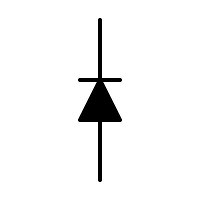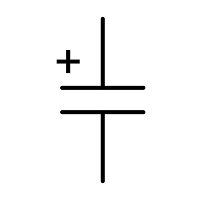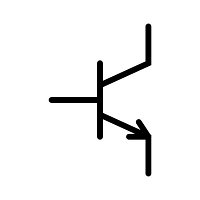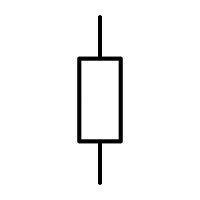
Circuit Symbols Trivia Quiz
In diagrams of electrical circuits there is a set of symbols used to denote different components to help everyone understand what the diagram is showing. I've used the circuit symbols of IEC 60617 of the International Electrotechnical Commission.
by Stoaty.
Estimated time: 3 mins.









